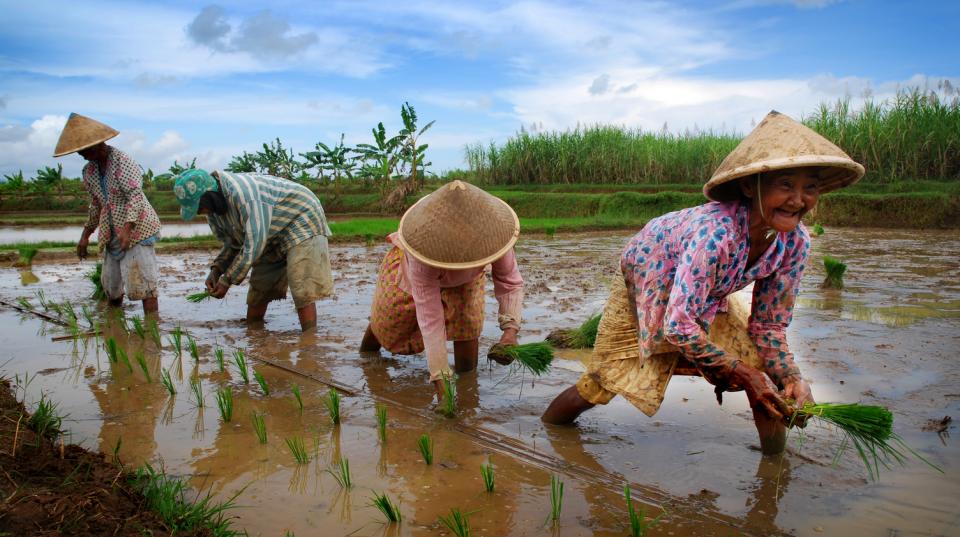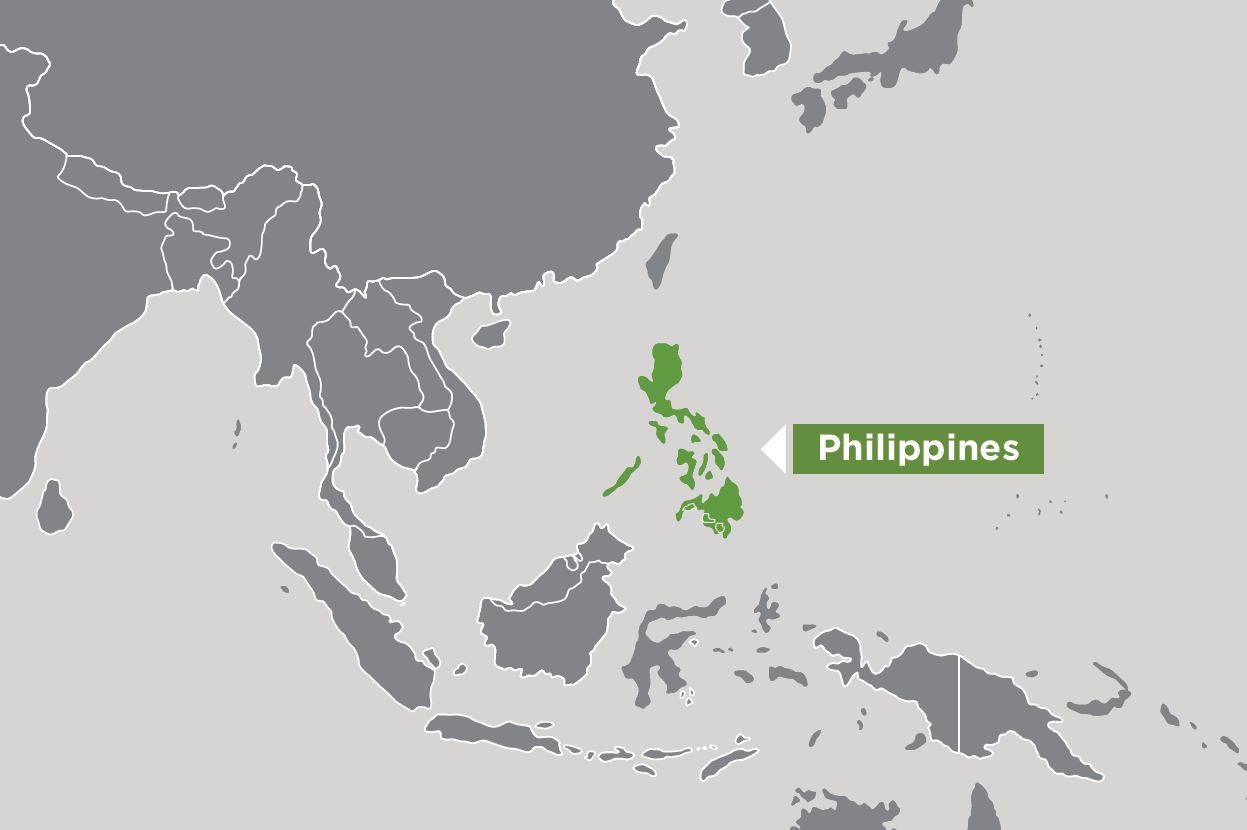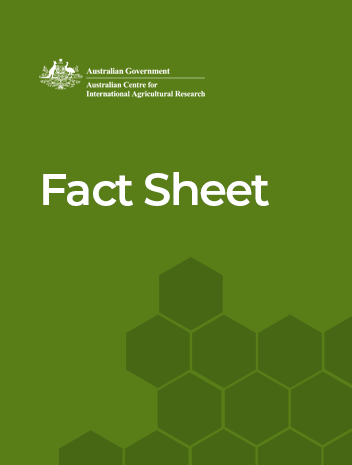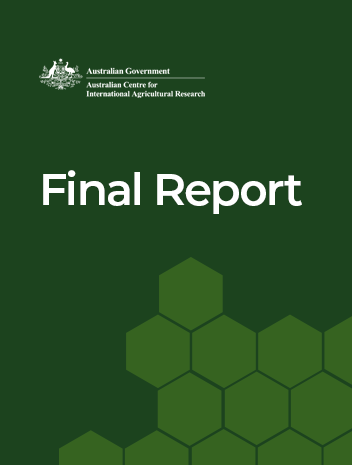Overview
Identifying specific haplotypes and testing genetic markers in breeding programs to ensure their suitability for reducing chalk.
Chalk is a defect in mature grains of rice which causes the grain to become brittle and susceptible to breakage during the milling process. The incidence of chalk is likely to increase as average global temperatures rise.
Higher temperatures also reduce the head rice yield (the unbroken intact white rice grains obtained by milling brown rice to remove the bran). Rice with a high percentage of broken rice grains is sold at a much lower price, often for animal feed, resulting in reduced income for rice growers. Diverting rice grains from human food to animal feed may also affect food security, considering that rice feeds around half of the world’s growing population.
This project aims to advance previous work and functionally characterise the genes found on a small region of chromosome 5 by a previous project, identify specific haplotypes and test genetic markers in breeding programs to ensure their suitability for reducing chalk.
Project outcomes
- The research has provided a proof of concept that grain chalk can be addressed through genetics. Public and private rice breeders can now apply the tools developed in the project to reduce the occurrence of chalk in future rice varieties.







